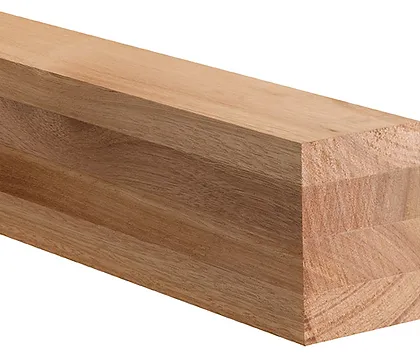Windows are not just openings in the wall that let in light and air; they’re a crucial component of a building’s aesthetic, thermal performance, and overall functionality. The choice of wood for your window frames is a decision that affects longevity, maintenance, insulating properties, and of course, cost. Let’s dive into why oak, meranti, and pine, three of the most commonly used wood species for windows, have distinct properties that make each suitable for different applications and preferences.
1. Aesthetic Appeal
- Oak: Known for its rich grain and natural tannins, oak imparts a luxurious, classic appearance. Its grain pattern is more pronounced, offering a more rustic look, which can be particularly attractive if a traditional or historic feel is desired.
- Meranti: Part of the mahogany family, meranti has a straight grain and a reddish-brown hue. It’s preferred for its smooth finish, making it suitable for homes or buildings aiming for a more polished, contemporary look.
- Pine: Generally, pine has a lighter color with a fine, even grain. It’s versatile in terms of staining or painting, allowing for customization to fit various aesthetic preferences.
2. Durability and Longevity
- Oak: Oak is a dense and strong hardwood, making it extremely durable. Its natural tannins make it resistant to insect damage and fungal decay, thus often offering a longer lifespan.
- Meranti: While also durable, meranti is typically less resistant to elements compared to oak. Regular maintenance, such as sealing or painting, might be required more frequently.
- Pine: Pine is a softwood. While modern treatments can make pine windows last for decades, they generally don’t offer the same longevity as hardwood options. They might be more susceptible to dents, scratches, and wear over time.
3. Cost
- Oak: Typically, oak is one of the pricier options due to its durability, appeal, and performance.
- Meranti: Depending on the region and availability, meranti can be more affordable than oak but pricier than pine.
- Pine: Being a fast-growing species and widely available, pine is usually the most cost-effective option among the three.
Conclusion
Selecting the right wood species for your windows goes beyond aesthetics. Factors such as durability, insulation capabilities, cost, and even environmental impact play a pivotal role in the decision-making process. By understanding the characteristics of oak, meranti, and pine, homeowners and builders can make an informed choice tailored to the specific needs and vision of the project.
